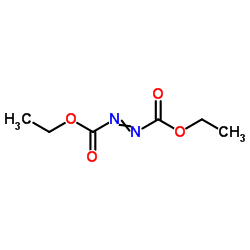| 结构式 | 名称/CAS号 | 全部文献 |
|---|---|---|
 |
十二烷基硫酸钠
CAS:151-21-3 |
|
![(6aR,10aR)-3-(1,1-二甲基庚基)-6a,7,10,10a-四氢-1-羟基-6,6-二甲基-6H-二苯并[b,d]吡喃-9-甲醇 结构式](https://image.chemsrc.com/caspic/123/112830-95-2.png) |
(6aR,10aR)-3-(1,1-二甲基庚基)-6a,7,10,10a-四氢-1-羟基-6,6-二甲基-6H-二苯并[b,d]吡喃-9-甲醇
CAS:112830-95-2 |
|
 |
偶氮二甲酸二乙酯
CAS:1972-28-7 |